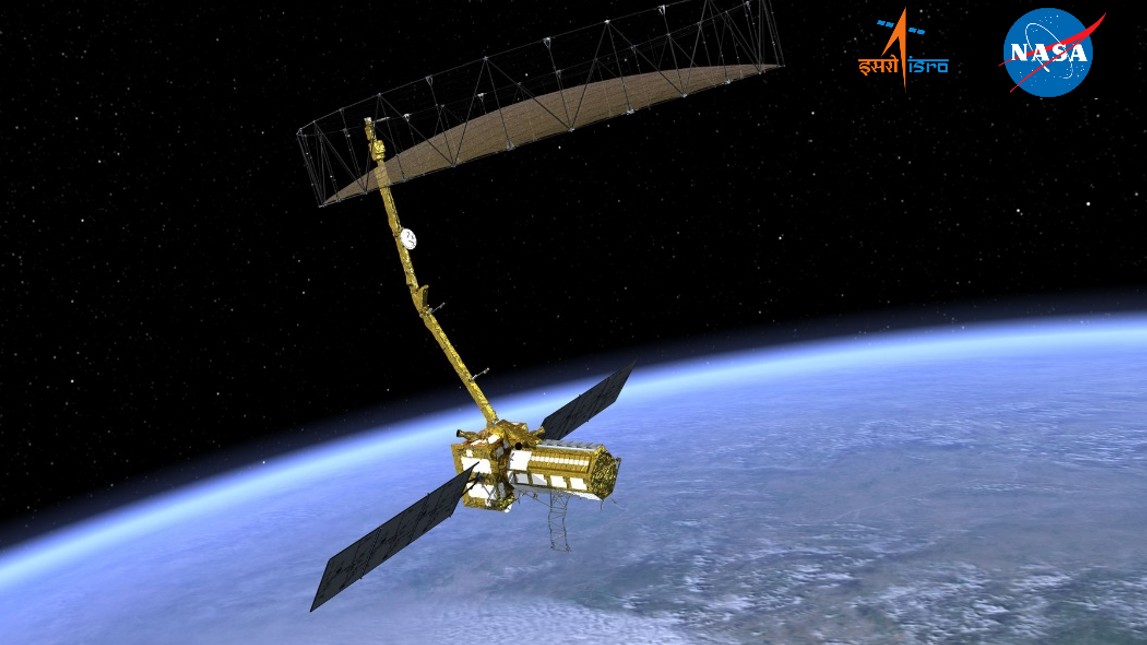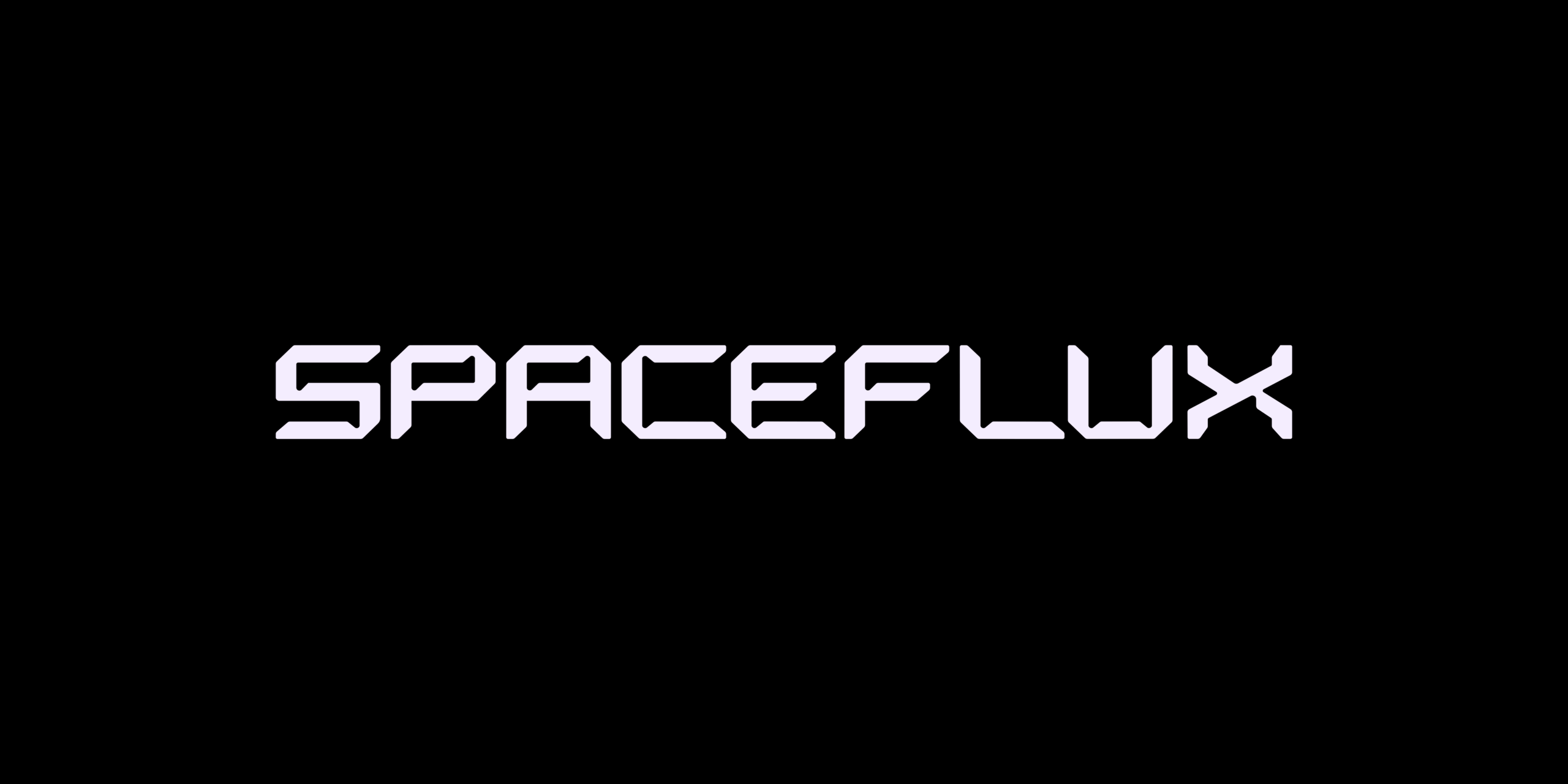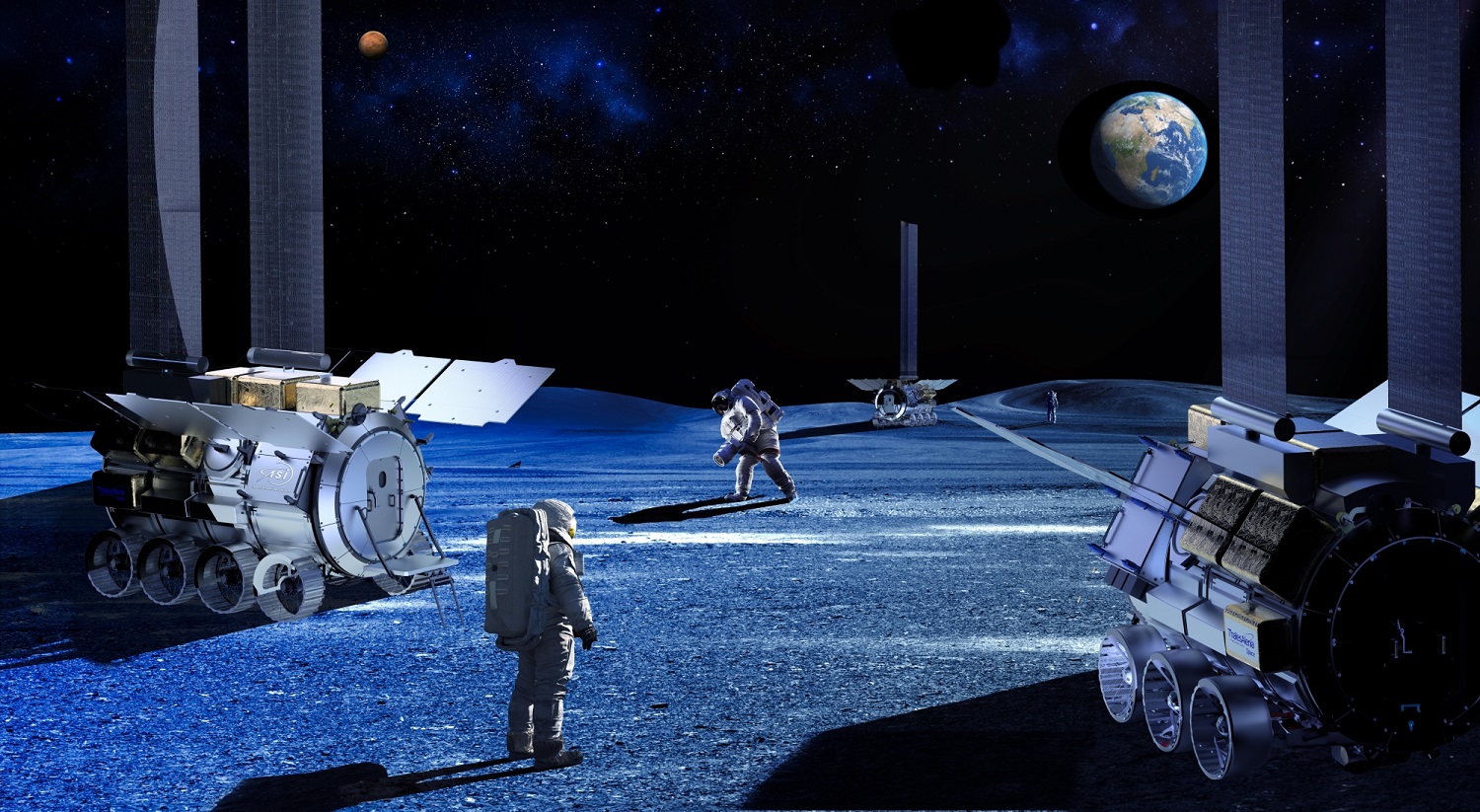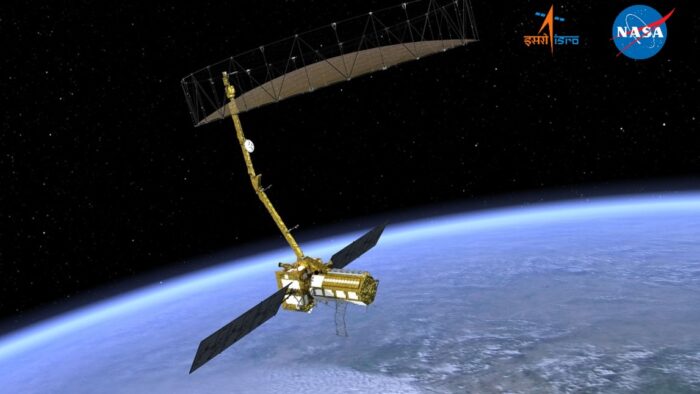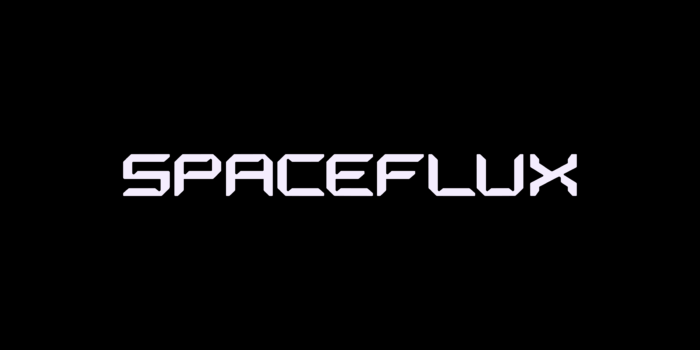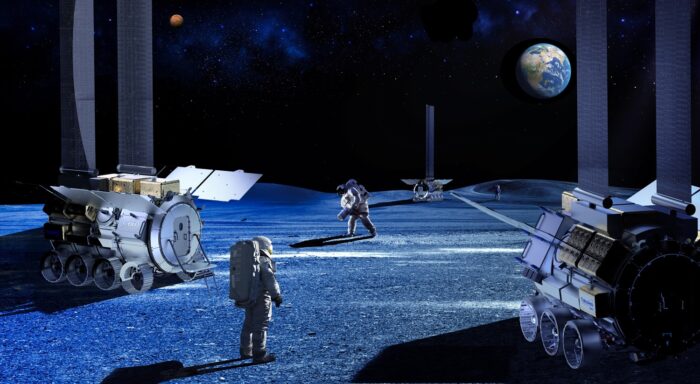Each week, Space Insider delivers a curated roundup of the most impactful developments across investment, partnership, and application in space technology. Powered by our proprietary news engine and market intelligence platform, this briefing is designed to help investors, operators, and innovators stay ahead in the rapidly evolving space economy.
Investment
- Iridium Communications reported strong Q2 2025 results with $216.9 million in revenue (up 8% YoY), highlighting continued growth in its satellite-based services across commercial and government markets. Space-relevant updates include the ramp-up of its direct-to-device satellite connectivity and expanding applications of its Positioning, Navigation, and Timing (PNT) service. The company’s U.S. Space Force EMSS contract, a $738.5M agreement for satellite airtime, continues to anchor Iridium’s government operations, which saw a 1% revenue increase despite subscriber decline. Engineering and support revenue surged 62%, driven by increased government activity.
- Collins Aerospace will expand its manufacturing and R&D operations in Richardson, Texas, creating over 570 new jobs and investing more than $57 million. Supported by a $3.7 million Texas Enterprise Fund grant, the expansion reinforces Texas’ position as a national leader in aerospace and defense innovation.
- Amazon has confirmed that its $139.5 million investment in Florida, including a 100,000-square-foot payload processing facility at Kennedy Space Center, is central to ramping up the launch cadence for Project Kuiper, its 3,232-satellite broadband constellation. The facility supports integration and fueling of Kuiper satellites for missions aboard rockets from ULA, SpaceX, and Blue Origin, enabling Amazon to process over 100 satellites per month and manage three simultaneous launch campaigns, helping relieve payload processing bottlenecks on the increasingly crowded Space Coast.
Partnerships
- Turkey’s first domestically built communications satellite, TÜRKSAT-6A, has completed its first year in geostationary orbit. Developer ASELSAN is now expanding its space technology collaboration with Azerbaijan, with an intention to co-develop the Azerspace-3 satellite through a technology transfer model that supports Azerbaijani engineers and lays the groundwork for an independent regional space industry.
- HII has been awarded a $74 million, five-year task order to provide modeling and simulation capabilities for the U.S. Air Force and Space Force, supporting the AFRL’s Space Vehicles Directorate at Kirtland Air Force Base. The work includes developing operational simulations for space unit training, machine-to-machine decision support tools, and readiness solutions for improving space asset survivability in contested multi-domain environments.
- The U.S. Space Force has released its first-ever International Partnership Strategy, outlining a long-term vision to strengthen global collaboration and integration with allies to maintain a secure, stable, and sustainable space domain. Emphasizing that “spacepower is the ultimate team sport,” the strategy sets three main goals: empowering allies as combat multipliers, maximizing information sharing, and integrating coalition forces across design, development, and operations.
Applications
- Researchers at UC Irvine have discovered a new state of quantum matter within a custom material called hafnium pentatelluride, achieved under extreme magnetic fields up to 70 Tesla. Notably, this quantum phase is highly radiation-resistant, making it a candidate for space-based electronics capable of withstanding deep space environments.
- NASA successfully launched the TRACERS mission on July 24 aboard a SpaceX Falcon 9 from Vandenberg, deploying two satellites to study magnetic reconnection in Earth’s polar cusps, a process relevant to both aurora formation and geomagnetic storms. The $170M mission will collect over 3,000 data points in a year, advancing our understanding of space weather and its impact on systems like GPS and satellite operations.
- A Vega C rocket is set to launch tonight from Europe’s Spaceport in French Guiana, carrying five satellites focused on Earth and climate monitoring. The mission, VV27, includes MicroCarb, a French-led satellite that will map global carbon dioxide sources and sinks with unprecedented precision. It also carries four CO3D satellites from CNES and Airbus, which will generate high-resolution 3D maps of Earth’s land surfaces using multispectral optical imaging.
Space Insider is the go-to intelligence platform for decision-makers seeking to invest in space, partner in space, or apply space technology. By contextualizing this information through trend analysis and structured content, we help our audience stay ahead in a rapidly evolving market. Want to see how our data can work for you? Let’s talk.
For the latest data and trends delivered directly to your inbox, subscribe to our newsletter.
Cierra Choucair
Cierra Choucair is a journalist and data analyst at Space Insider, where she covers emerging technologies and the frontier edges of deep tech, including space. With a background that blends scientific analysis, strategic communication, and product storytelling, she translates technical complexity into actionable insight across research, startups, and policy.
Share this article:



